Living In A Tiny House – What Is It Actually Like?
Living in a tiny house has changed my life forever. It might be a little cliche to start off an article about alternative living with a sentence like that, but it’s true. We get hundreds of people asking us every day what living in a tiny home or travelling in a van is like.
Sometimes the answers that we give are exactly what they’re looking for, and sometimes they end up falling back down to reality with a bump.
Van life influencers and tiny eco house dwellers have shared their lives with us through our favourite Van Life Instagram accounts and have shown us what is possible with a little bit of hard work and a boat-load of free-thinking.
But is what we see on our screens a true representation of what minimalist living is all about?
I’ve been living in a tiny rolling home full-time for the past 2 years now, and I’ve been through the good, the bad, and the ugly with my van. I’ve adjusted to living in a tiny house, gotten rid of most of my possessions, and fully embraced what it means to live alternatively.
Living small doesn’t mean that you can’t think big; if anything, I see the world in an entirely different way now. What will follow is a true account of how I have found living in a smaller space, life on the road, and what living in a van is like once the cameras, phones, GoPros and drones have all been put away.
Living In A Tiny House – What’s It All About?
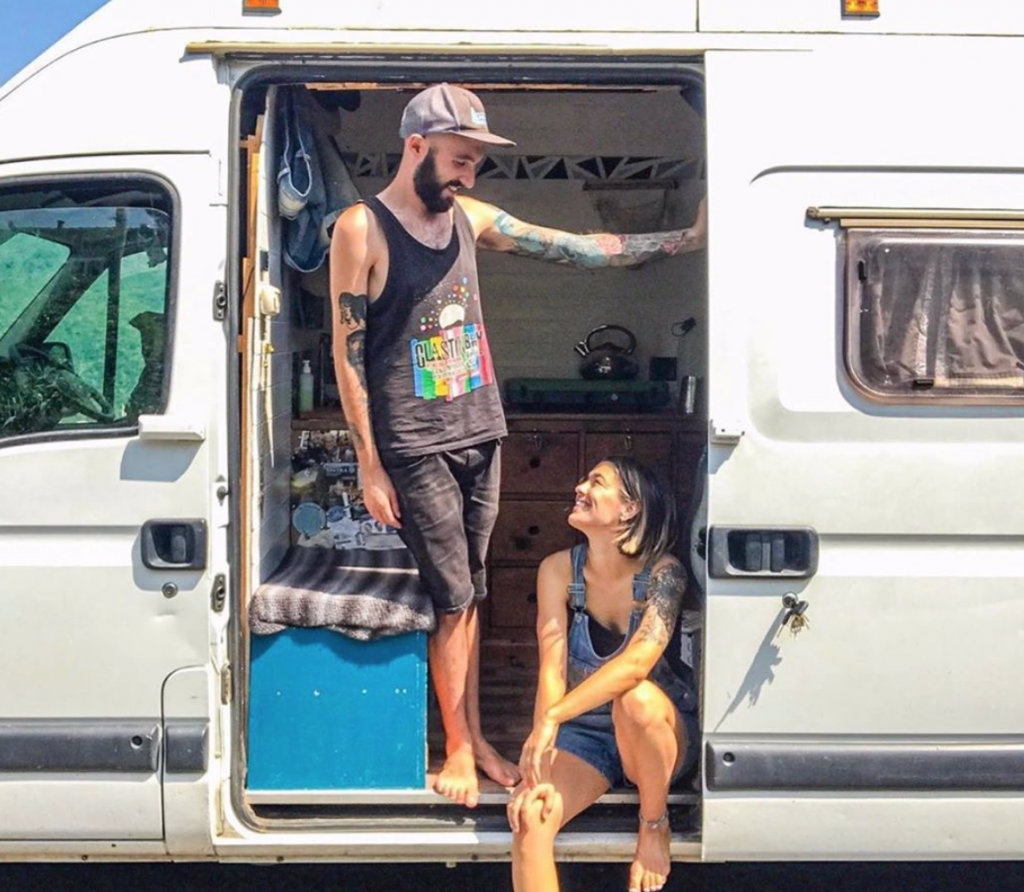
For many people, the change from living in a conventional house to calling 80square feet of metal and wood ‘home’ can be incredibly daunting.
‘Where will I put the TV? Do I need to install a shower? Surely I’ll need a TV!’ It’s tough to change your mindset and start living a completely different way to what we’ve always known; we constantly move in a whirlpool, drifting along with the rest of society and not necessarily thinking about what is best for us.
Living in a tiny house has allowed me to be my own boss, to live a slower pace of life that isn’t determined by the newest iPhone or the latest must-have appliance to make my life easier and more efficient.
I still watch Netflix, play Mario Kart, bake (and eat) lots of sweet-goods, and sleep in a double bed, but I spend less time worrying about bills and rent and more time enjoying life.
#1 – Finding Power
One of the most important things to think about when planning your new life living in a tiny house is how you will get power and water. You can choose to grow or buy your own food depending on whether you have any land or not, and the size and shape of your tiny house are neither here nor there, but power and water remain the two constants that will always remain.
Living off grid essentially means living away from ‘the grid’, the way that most people get power and water pumped directly into their homes. You can choose to hook up to these facilities if you live in a static tiny home, but most people opt for cheaper and more eco-friendly options.
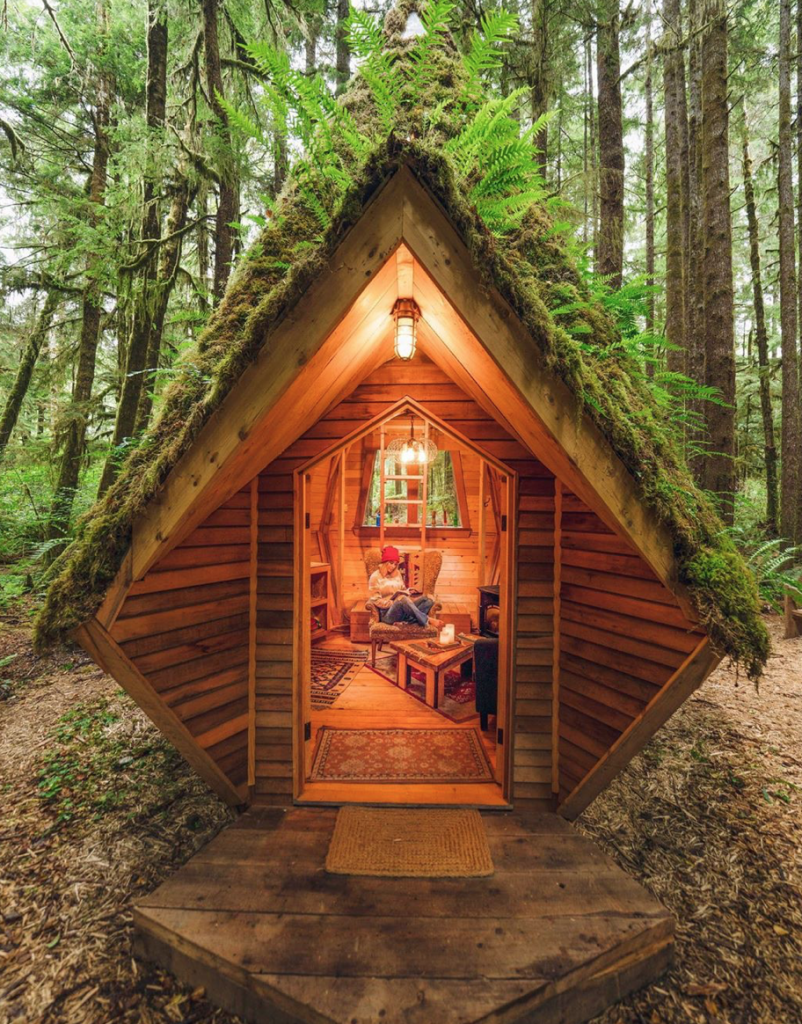
I have two 100w solar panels on my rolling home which feed down into two leisure batteries. These panels keep my batteries topped up and provide me with the necessary juice to charge laptops, phones, and other accessories through my 240v inverter.
Solar panels are great as long as you have the main ingredient to make them work; the sun. Off grid living is harder in places like Yorkshire, UK, when the sun shines through the clouds for about 48 seconds a day during winter, but you can combat this by installing a split charge relay and getting your engine to help out with proceedings.
How do I combat the problem of having very little sun? I charge my devices while driving and prioritise which ones I’ll need during the day. You can’t do this if you live in a static tiny home, but the chances are that you’ll have much more room for solar panels and a bigger battery bank at your disposal if you do, so this shouldn’t be too much of a problem.
If you’re clever with your energy storage and don’t leave things plugged in all of the time, then you’ll always have power whenever you need it. My fridge has been running non-stop for 2 years from my solar-set up, and if we don’t have enough power for lights to come on in winter, then we go for a short drive and everything is cushty again.
#2 – Storing Water
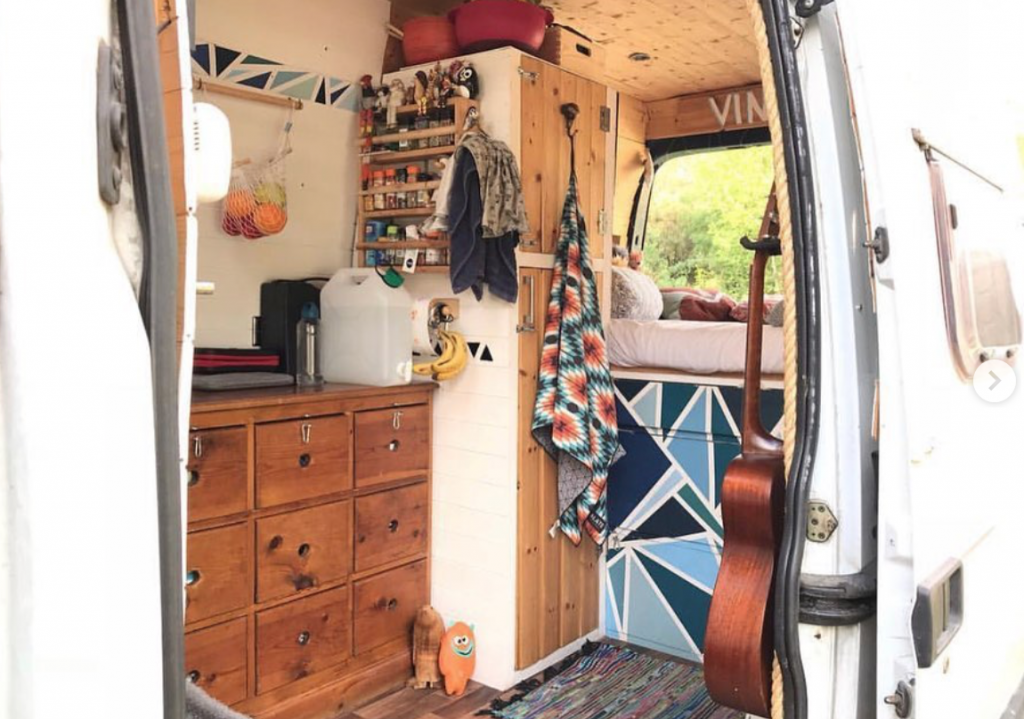
Before I started living in a tiny house, I would have been a bit funny about drinking from any old outdoor tap. Now, I see a tap and it’s like a mirage in the desert. The truth is, you can fill up water from so many places, and while it’s much easier to do so in Mainland Europe where van life is much more common. There are more water fill-up and disposal points, you can manage to gather water from parks, farms, outdoor taps at your friend’s houses, or your place of work if you’re living in a van full time while working as I did before joining the VanClan team full time.
For 13 months I filled up water from the kitchen of the music venue that I worked at and also from an outdoor tap in my girlfriend’s grandparent’s garden. We emptied our portable toilet into a toilet in their garage, and we disposed of our wastewater down any sewer drain.
Again, it’s easier when there are easily-accessible points to do this at like the ones that we stop at in Italy and Spain, but it can be done in England with a little bit of forward-planning and nice neighbours or friends.
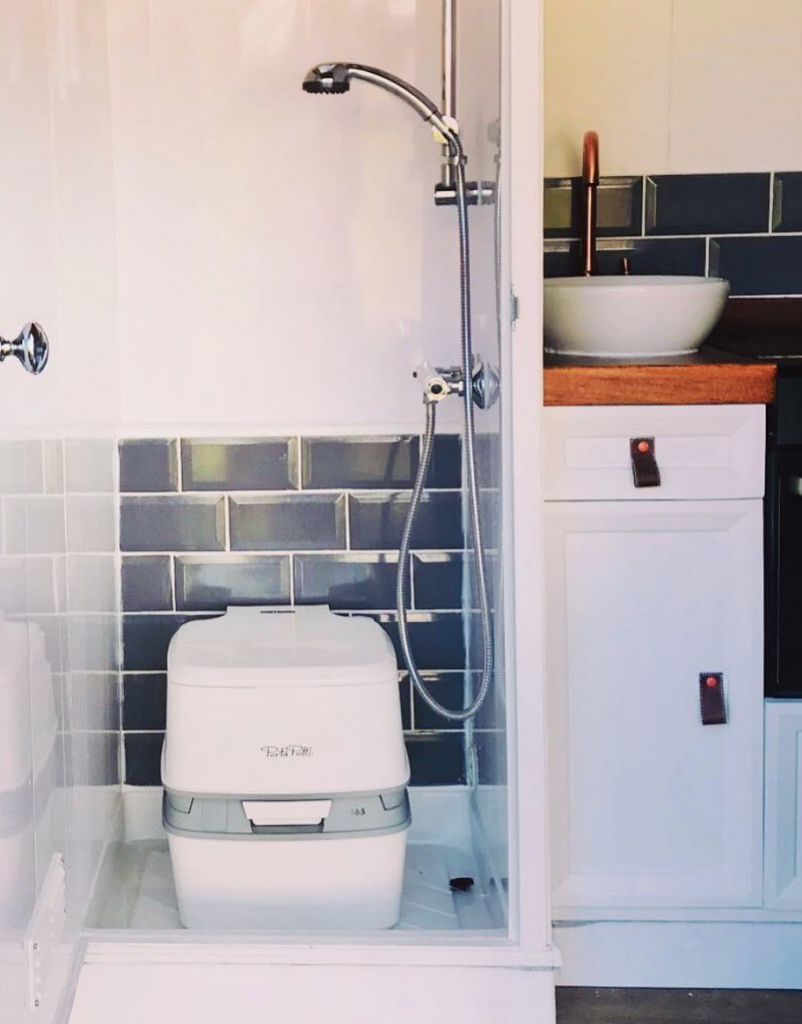
Living in a tiny house that doesn’t move provides a few different alternatives. Composting toilets can be built easily and relatively cheaply, giving you a perfect place to poo with a view and a means of keeping your flower patch nice and nourished.
Rainwater can be converted into bathwater, and if you’re lucky enough to have a well without messing around making a borehole, then you can have access to clean water as-and-when you need it!
WARNING – Skip to the next section if you’re a little squeamish! Sometimes, you forget that your waster water and toilet waste doesn’t go down a magical chute into the sewers and away from your tiny living space.
There have been times where for one-thing-or-another I’ve forgotten to check how full my toilet has been. This mistake has left me soaking up overflowing pee from my floor with kitchen roll and cursing the fact that I didn’t replace the bleach spray during my last shop.
Using a measuring cup to dispense pee from the toilet is also a low point and one that I will make sure will never EVER happen again. I’ve also spent many a day cleaning up washing up water with toothpaste floating around in it from underneath my sink when my wastewater tank has overflowed. It’s ok when it’s in the cupboard, but more annoying when it soaks into your jeans or the sleeve of your jumper.
#3 – Living In a Tiny House As A Couple

I’m lucky that I get to travel with my best friend every day, but we’re no strangers to spending a lot of time together. Before we moved into our van, Rose and I lived together and shared an office in the music venue that we worked at. Lots of people find it insane that we live together in such a small space, but to us, it’s the new normal.
Our van has three rooms (or spaces); the kitchen, the toilet cupboard, and the bedroom. We see this as three separate areas, and if we want time to ourself, one of us might sit on the kitchen seat and draw while the other works up on the bed with a laptop.
Noise-cancelling headphones were made for living in a tiny house (ok, that’s a lie, but they should have been!). Rose can watch a trashy Netflix series while I listen to an Audiobook, and neither of us is none the wiser. Smell cancelling nose-plugs haven’t been invented yet, but after five years of being together, being in the same tiny house while your partner does a Number 2 isn’t that big of a deal.
That’s what windows were made for, right?
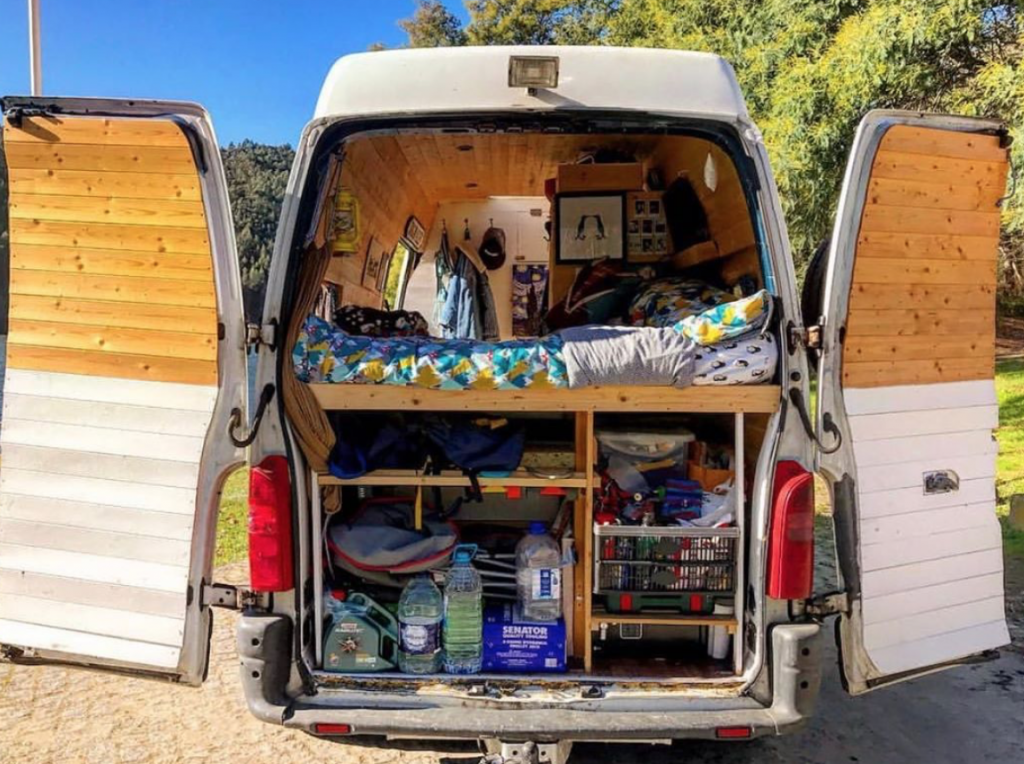
#4 – Getting Over The Weird Looks
Some people will love your new life, and others will shy away from you and brand you as ‘the weird kid that they always suspected you were’. Alternative living isn’t for everyone, and I’ve had countless conversations with people who have tried to ‘turn me back onto the right life path’.
The best way to deal with this is not to deal with it at all; just get on with life and ignore the criticism. As long as you’re happy, then that’s all that matters.
Sadly, we’ve spoken to a few people who have had to overcome objections to their new lifestyle from members of their own family. Some people will never move from the ‘find a career, buy a house, have a child’ mentality, and that’s perfectly fine and 100% acceptable.
If you’re trying to break away from the mould and are experiencing resistance from loved ones, just try to explain why you’re considering living in a tiny house and what it means to you. Try to accentuate to positives of saving more money to turn your hobby into a career, or the fact that you don’t want your job to define who you are.
Do what makes you happy; everyone else will come around in the end.
#5 – Cutting Back On Possessions
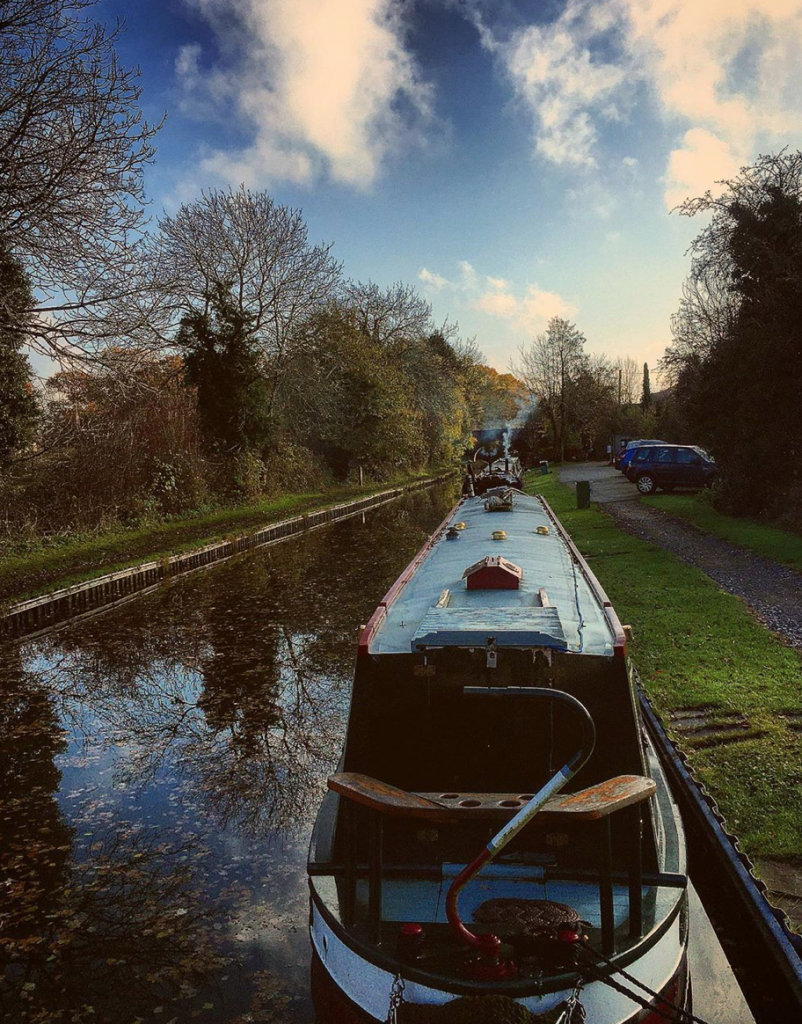
Whether you’re moving to a cabin in the woods or a School Bus Conversion in the heart of the city, giving up some of the things that you rely on a day-to-day basis might end up being harder than you think.
Rose and I took about 13 black bin bags full of clothes and appliances to the local charity shop and sold tonnes of DVDs and games on Music Magpie. Everything that we own is now in our mobile house, and even now we end up taking bags of clothes that we don’t wear to clothes banks while we’re on the road.
Think about what you actually use on a day to day basis. Do you need fourteen different bowls or a selection of ten matching mugs? How many spoons do you use? Are your weighing scales essential, or will a measuring cup set suffice?
We use a Joseph Joseph Cooking Bowl set for all of our baking, mixing, and measuring needs, and it’s even doubled up as a dish to eat out of when one of our two bowls cracked on the road! You really start to hone into which items you need in your life and which are just clutter, and before long, you’ll have forgotten all about that junk that you had in your under stairs cupboard and those old and pointless gifts that you kept ‘just in case’.
#6 – Making Repairs
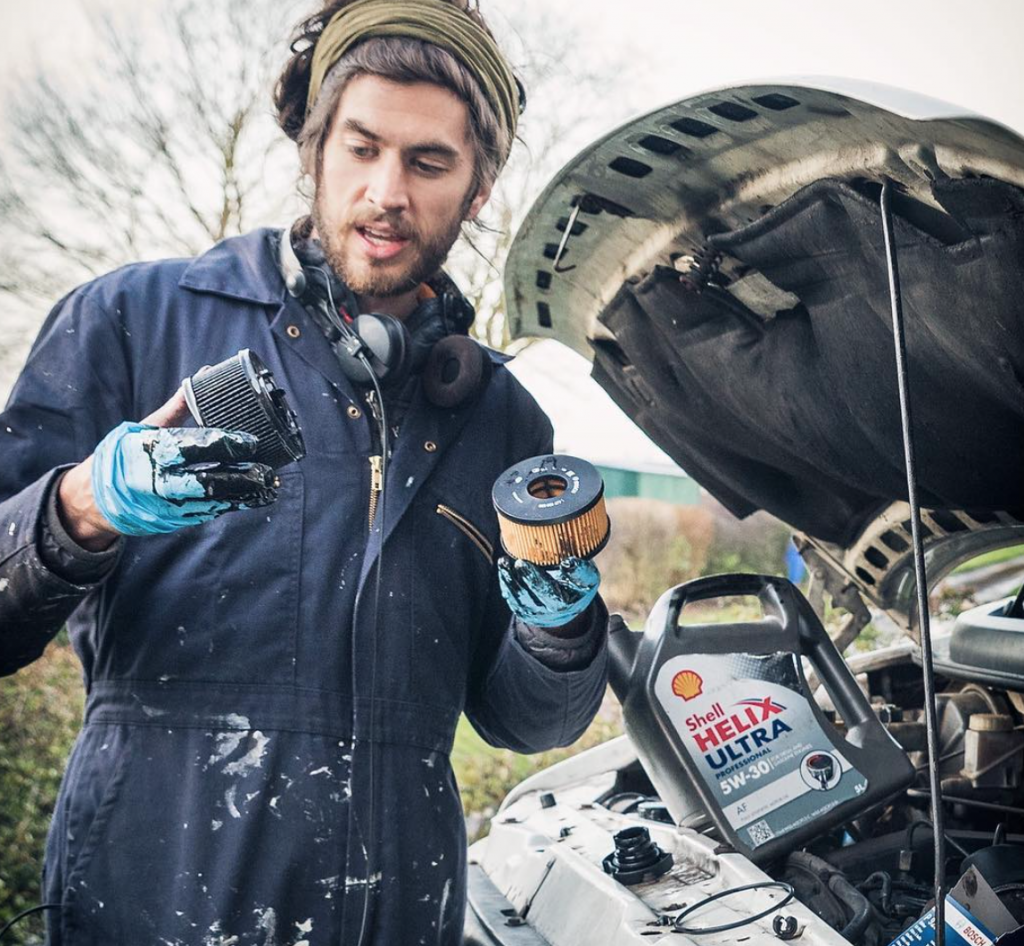
I’m going to be frank here; bad stuff happens. I’m currently dealing with a leak through the hole in the roof where I removed my chimney, and I know lots of tiny house owners who have very similar problems with damp or leaks during rainy seasons.
Show me one person who hasn’t had to deal with these problems in a brick house; I once had a leak from the flat above mine that was so bad I had to move out for fear of the roof caving in! The best bit about living in a house that you’ve built is that you know how to repair it and it won’t cost the earth to patch things up.
One major upside to having a tiny home that can move and one of my favourite bits about living the van life is being in a new place every day and choosing your own front lawn. The downside, as we found out this year, is that breaking down has it’s own financial and emotional stresses.
Taking spares with you on the road is a great idea, and having savings that you don’t dip into on a month-by-month basis is essential if you want to keep your adventures going. Otherwise, one broken part could see you being towed back to a relative’s house with your tail between your legs!
#7 – It’s Not All Beaches and Sexy Looking People
Come on now; it’s time to put this myth to bed once and for all. Instagram is NOT real life. I try to keep my Vincent Vanlife Instagram account pretty real, but even we have to stand and pose for some shots and spend a good while trying to find the best angles of our van.
There are times where we find ourselves in beautiful forests or right on the cusp of the water on sandy beaches, but there are also times when we’re hunkered down in a supermarket car park waiting for the rain to stop while playing Scrabble. Sexy, right?
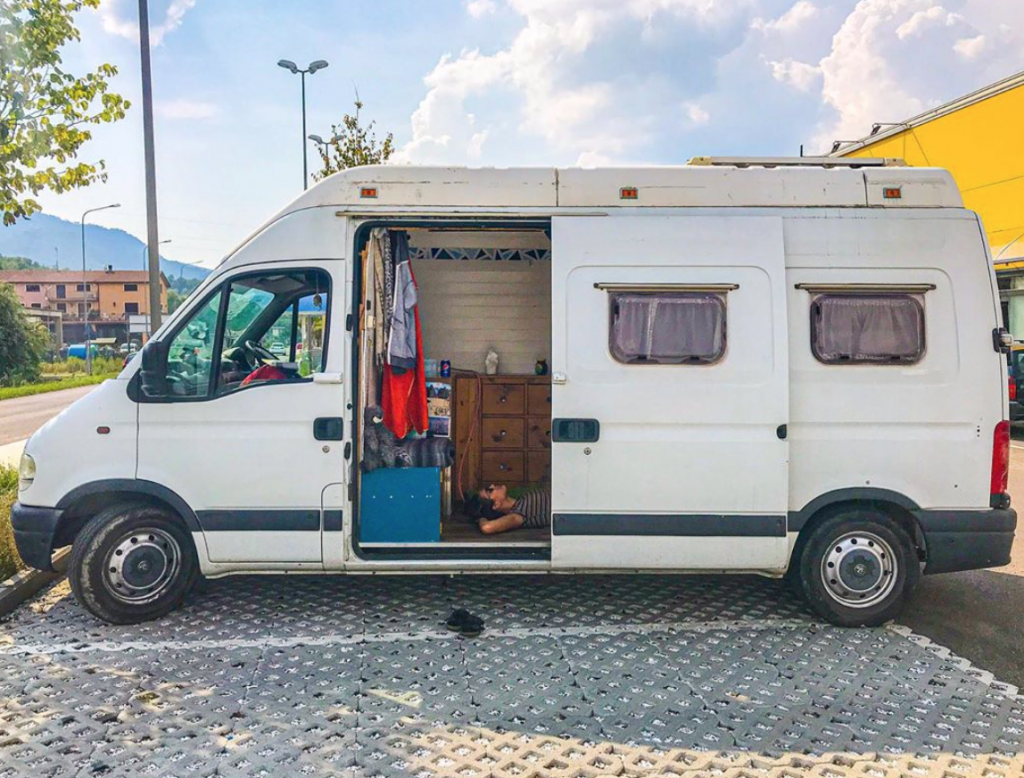
We’ve had illness in our van, we’ve had arguments, and we’ve had plenty of ‘duvet days’ where nothing much happens at all.
If you’re single and reading this post, then I hate to tell you that semi-naked women and men don’t appear on beaches and throw themselves at you now you’re living an alternative lifestyle. Take everything that you see on Instagram with a pinch of salt.
The people that you follow have the time and means to set up lovely looking photos; it’s what they do, and quite often they have prior photography skills and the knowledge to make their photos ‘pop’. Life isn’t all sandy beaches and drinking from coconuts; sometimes you pee on your foot in the dark too.
Final Thoughts…
So, what is living in a tiny house really like? Well, in some respects, it’s just like living in a normal house, but on a smaller scale. I still get up and cook breakfast on a gas hob, I still wash up from a tap, and I go to bed around 11.30 pm.
The thing that separates tiny house living from regular living is the choices that you make in order to live this new lifestyle. It takes more thought than just renting a house near your work; you have to decide how, where, and why you want to live your new lifestyle.
Is van life for you, or does a narrowboat sound more appealing? Would the isolation of living in the woods give you the inspiration you need to finish that novel, or would living on a homestead with your friends give you the sense of community that you crave?
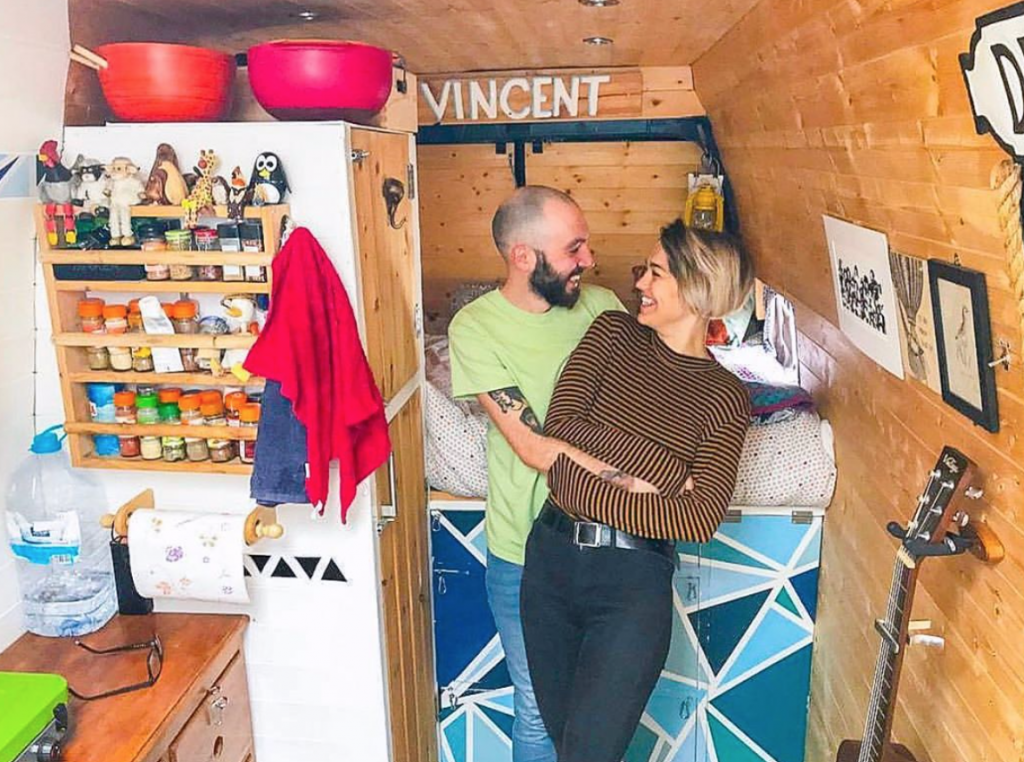
Having fewer bills to pay and more time to enjoy life is the biggest benefit that I have found from my new way of life. Sure, it has its moments and it can be hard, but I spend way less time working and more time seeing the world, visiting family, and making precious memories with my girlfriend.
It all depends on what values you hold most dearly and what you want to say you’ve done with your life when the clock stops ticking. There’s no right or wrong answer, but I’d rather have a brain full of memories than a wallet full of cash.
What are your thoughts on living in a tiny house? Join the conversation over on Facebook, Twitter, YouTube and Instagram!
More Content From The Van Clan Team!
- Take a look at our list of the ultimate campervan gifts!
- These vanlife recipes are sure to make your mouth water.
- This Harry Potter House is the most magical tiny house ever!
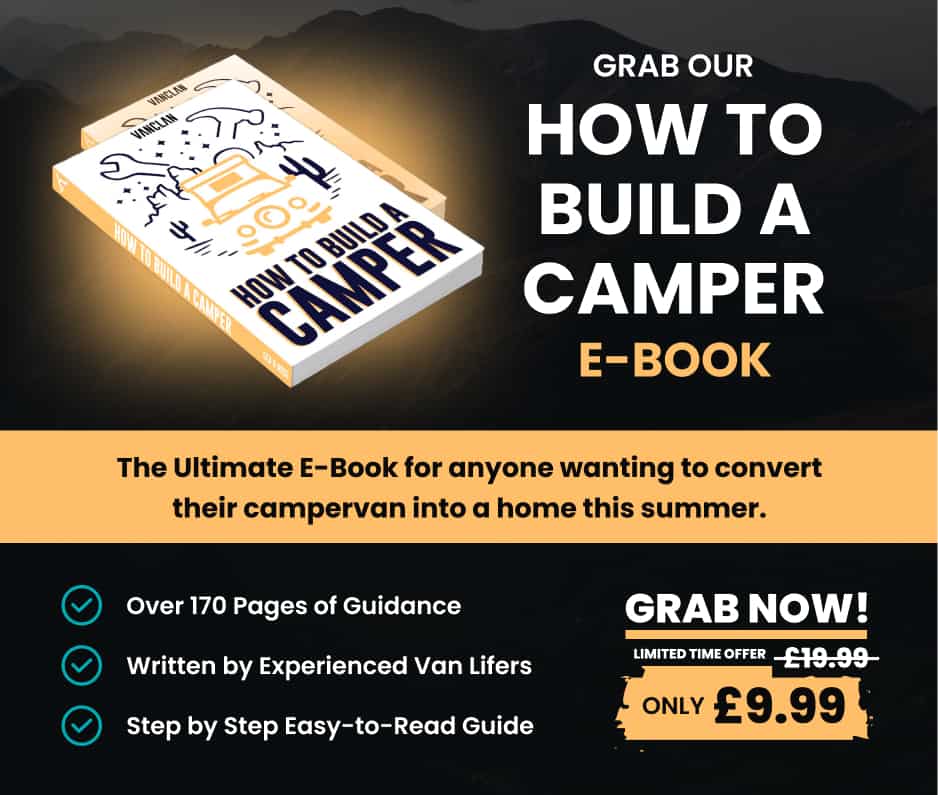

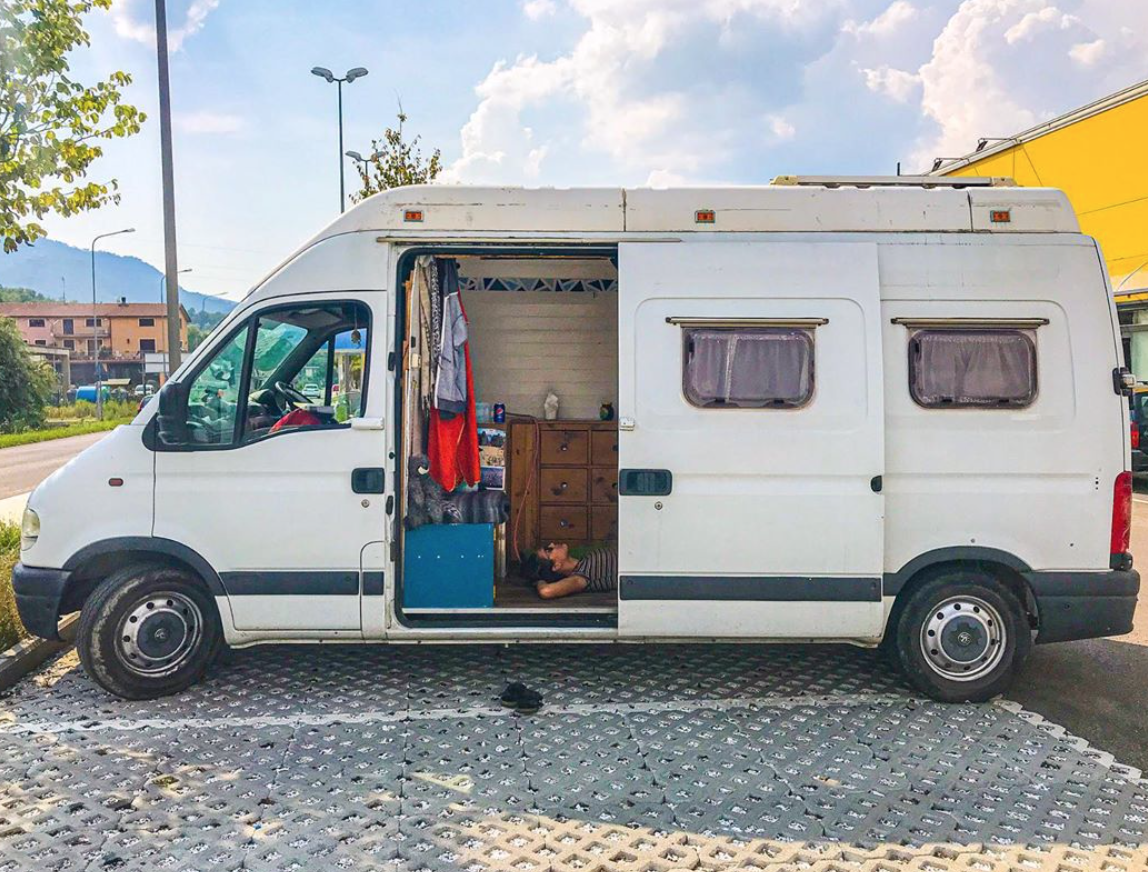
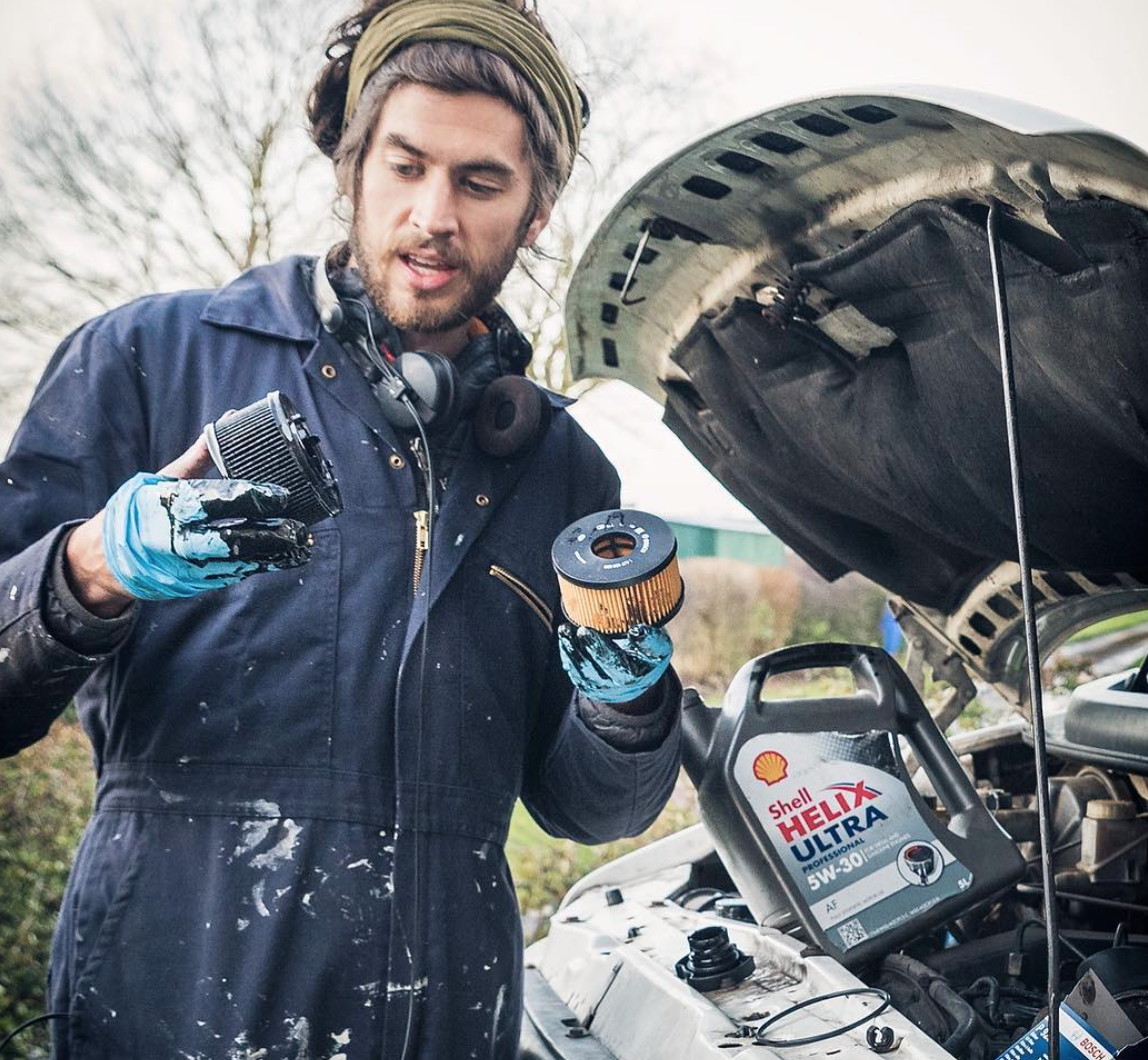
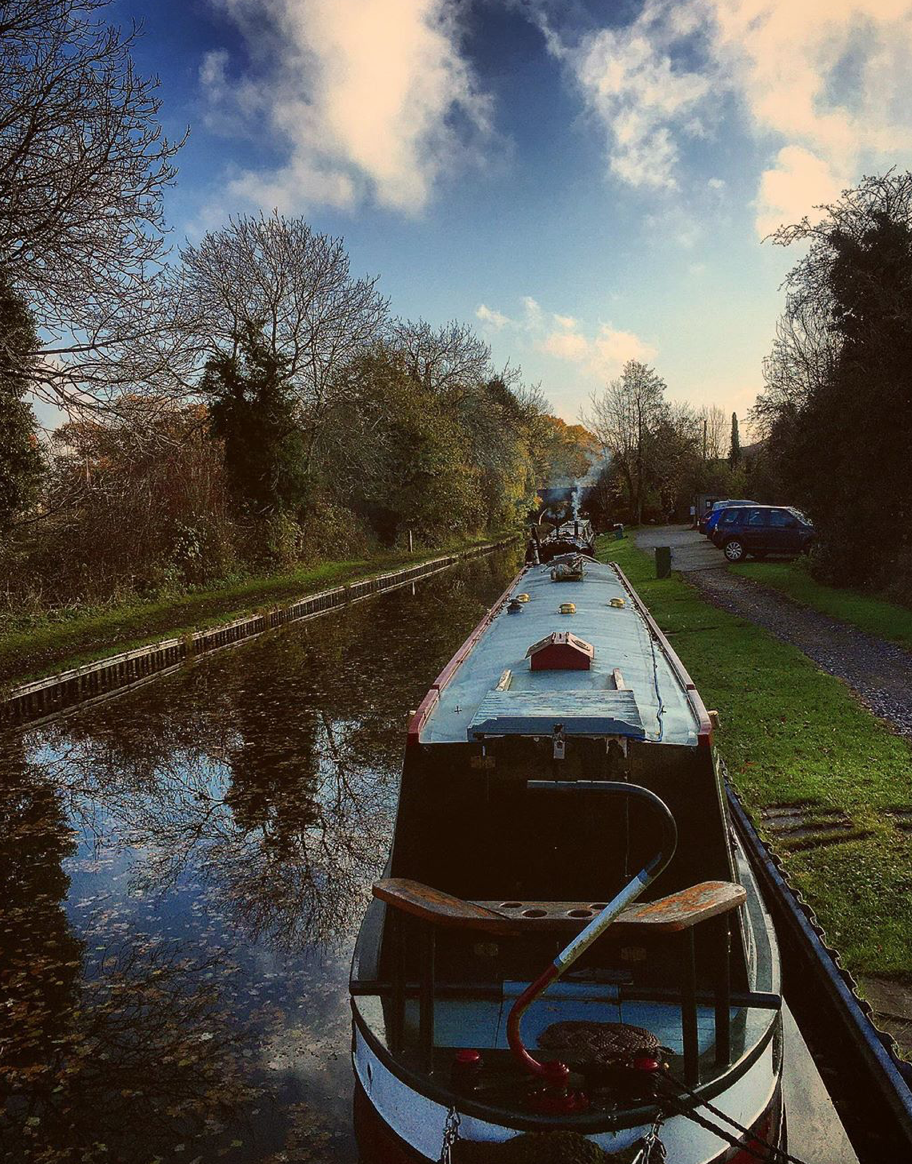
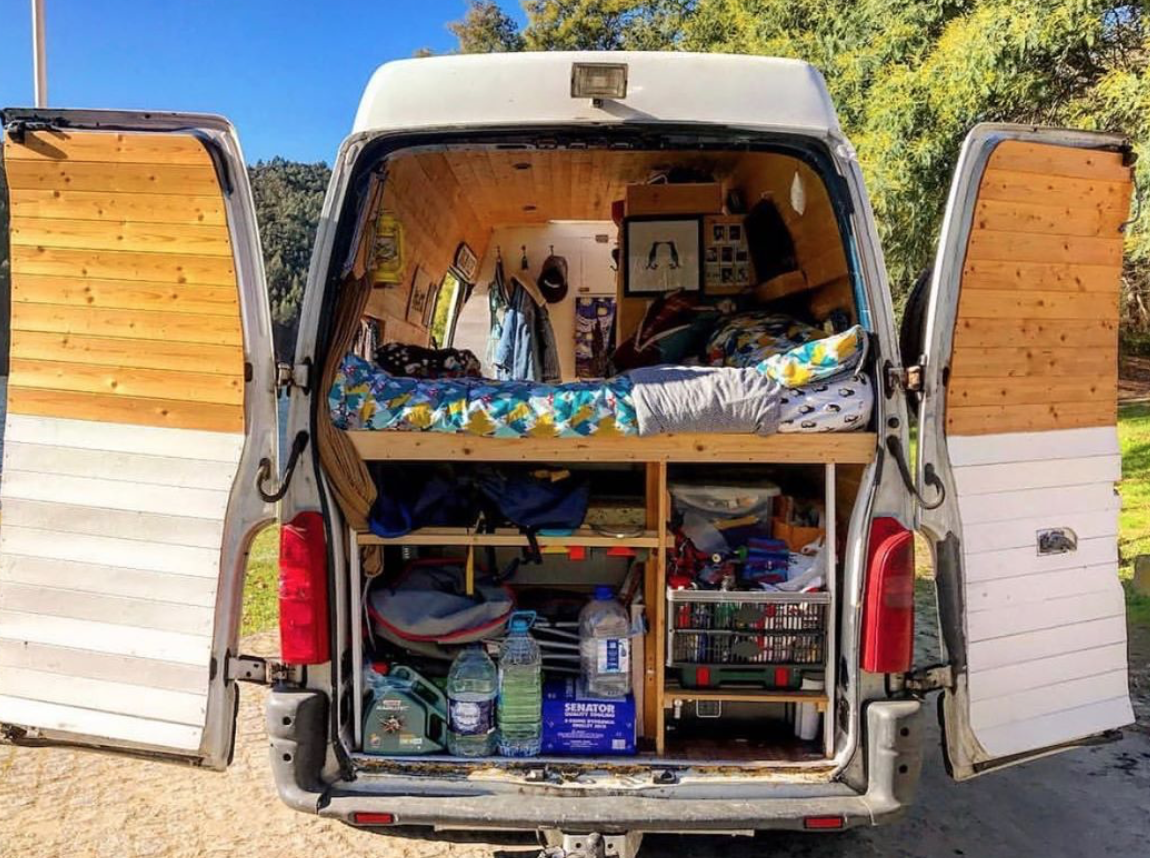
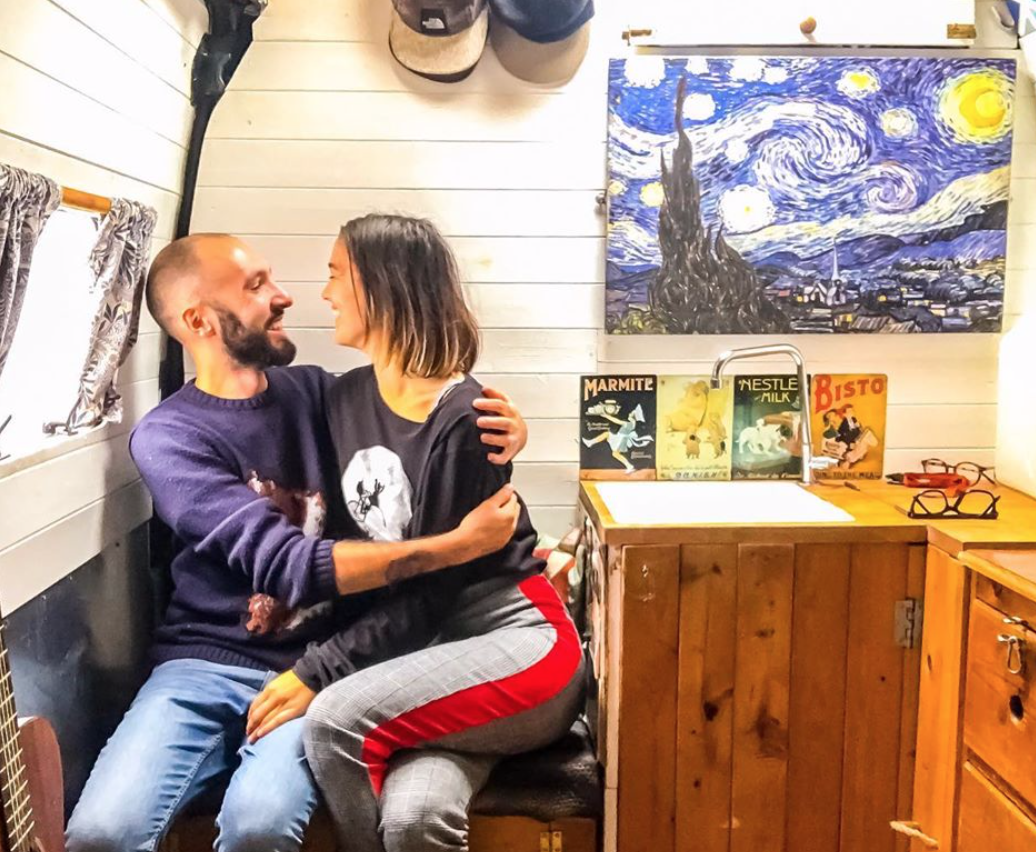
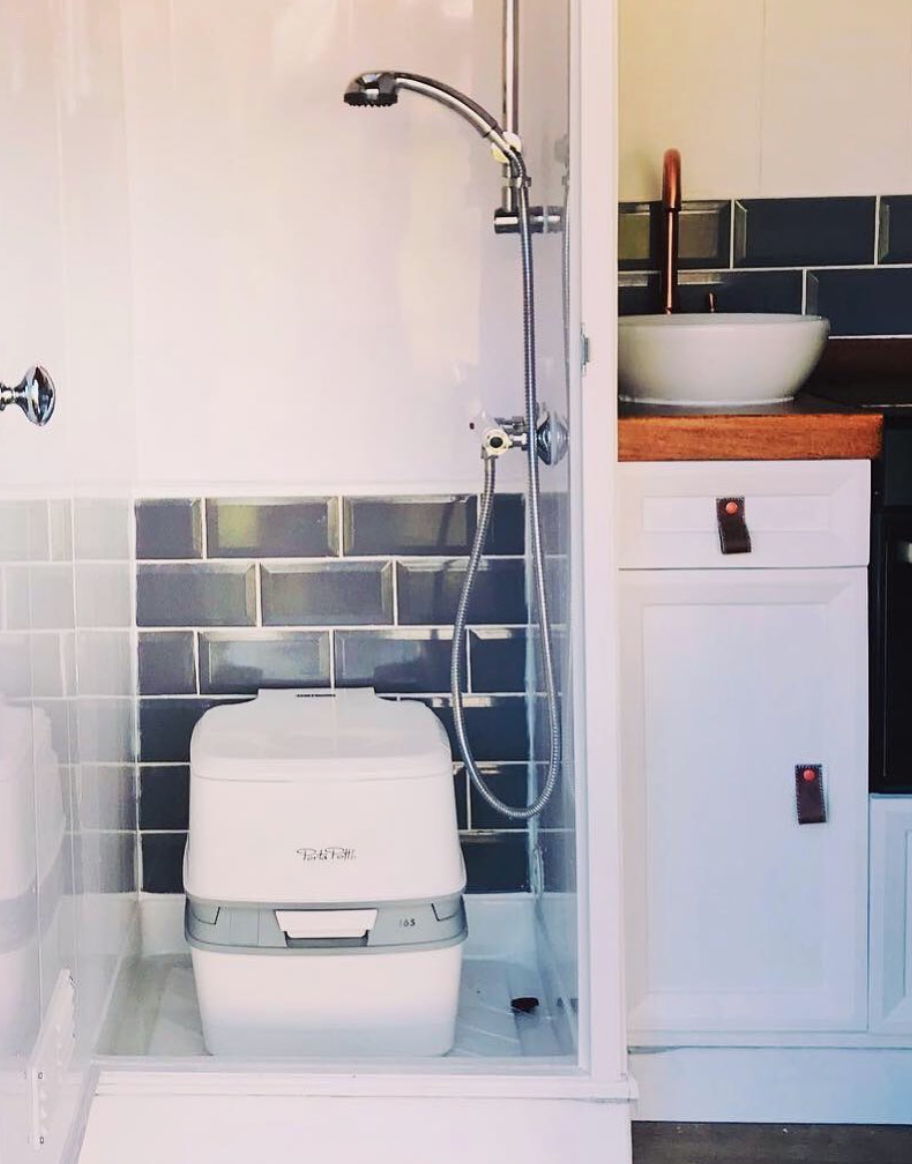
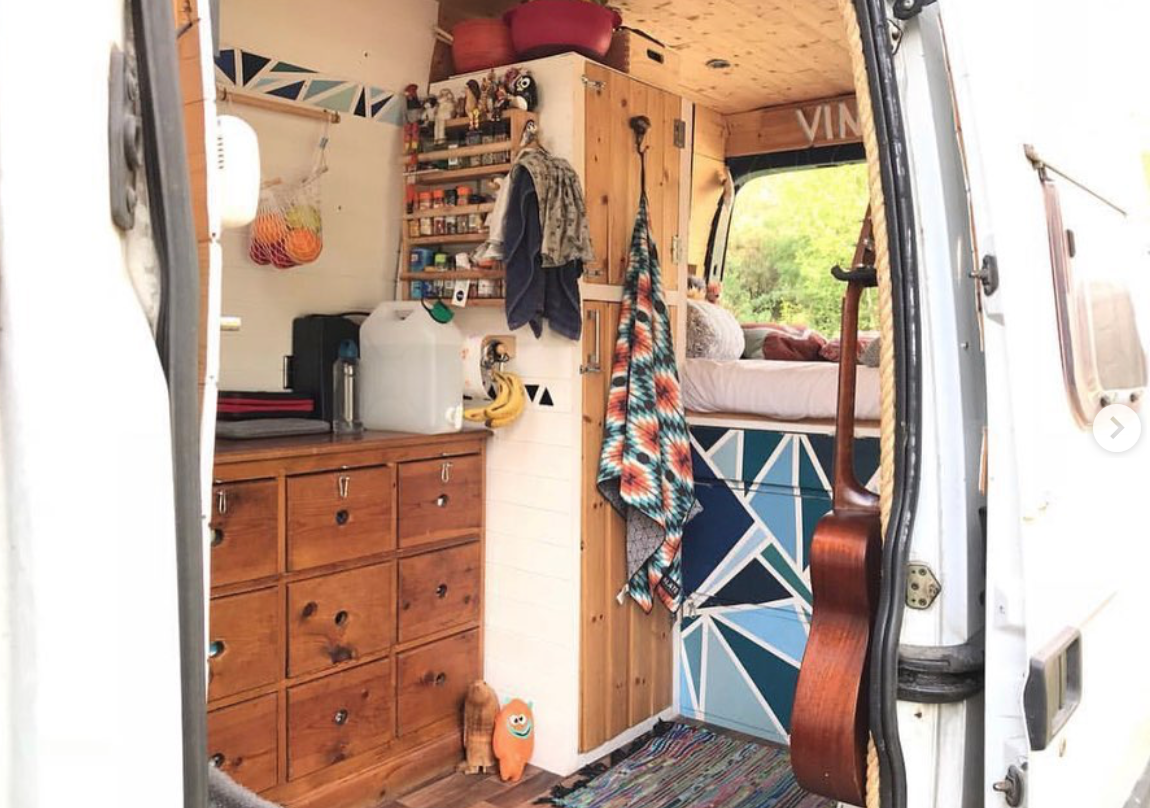




COMMENTS
Please note that all comments will be checked by our team before being approved.